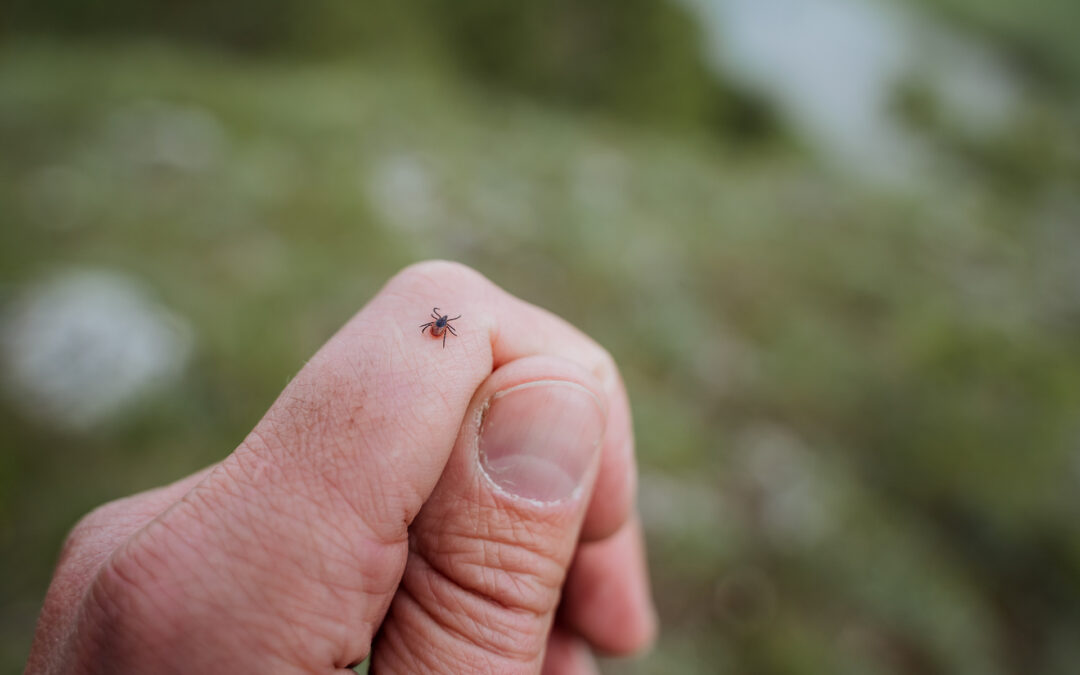Tick season is here, and with it comes the risk of tick bites and tick-borne diseases. Whether you’re an avid hiker, gardener, or pet owner, it’s crucial to be aware of how to protect yourself and your furry friends from ticks. Here’s a quick guide to tick bite prevention, proper removal, and what to watch out for after a tick bite.
Prevention: Your First Line of Defense
The best way to deal with ticks is to avoid getting bitten in the first place. Here are some practical prevention tips:
- Wear Protective Clothing: When venturing into areas where ticks are common, wear long sleeves, long pants, and tuck your pants into your socks. Light-colored clothing can help you spot ticks more easily.
- Use Tick Repellents: Apply a tick repellent containing DEET, picaridin, or permethrin to exposed skin and clothing. Be sure to follow the product instructions for safe use.
- Stay on Trails: When hiking, stick to the center of trails and avoid brushing against tall grasses, bushes, or leaf litter where ticks are likely to be.
- Check Yourself and Pets Regularly: After spending time outdoors, thoroughly check yourself, your children, and your pets for ticks. Pay extra attention to hidden spots like behind the ears, under the arms, and in the groin area.
Proper Tick Removal
If you find a tick attached to your skin or your pet, prompt and proper removal is essential to prevent disease transmission:
- Use Fine-Tipped Tweezers: Grasp the tick as close to the skin’s surface as possible.
- Pull Upward with Steady Pressure: Avoid twisting or jerking the tick, as this can cause parts of the tick to break off and remain in the skin.
- Clean the Bite Area: After removing the tick, clean the bite area and your hands with rubbing alcohol, iodine scrub, or soap and water.
- Dispose of the Tick Safely: Place the tick in a sealed bag, wrap it in tape, or flush it down the toilet. Never crush a tick with your fingers.
Signs of Tick-Borne Diseases
Not all tick bites lead to disease, but it’s important to be vigilant. Common signs of tick-borne illnesses include:
- Red Rash or Bullseye Pattern: Lyme disease often presents with a bullseye-shaped rash around the bite site.
- Flu-Like Symptoms: Fever, chills, muscle aches, and fatigue can be early signs of a tick-borne infection.
- Joint Pain and Swelling: This can occur weeks to months after a tick bite and may indicate Lyme disease or other tick-borne illnesses.
Treatment and When to See a Doctor
If you or a loved one develops symptoms of a tick-borne disease, seek medical attention promptly. Early treatment with antibiotics can prevent more severe complications. For pets, consult your veterinarian if you notice any changes in behavior, appetite, or signs of illness after a tick bite.
Stay Vigilant and Tick-Free
Ticks may be small, but they can pose a big threat to your health. By taking preventive measures and knowing how to handle a tick bite properly, you can reduce your risk of tick-borne diseases and keep your outdoor adventures safe and enjoyable.

